Flamme Rouge — Le tour de table
With the cycling season in full swing and events like the Tour de France bringing fans of the sport together all over the world, there’s never been a better time to look into other ways to enjoy the sport. Flamme Rouge, from Lautapelit and Stronghold Games aims to replicate the excitement, pressure and challenge of top tier cycle racing in the comfort of your own kitchen.
Flamme Rouge is a card driven racing game that allows two to four players to take control of a bike racing team consisting of two characters; a Rouleur and a Sprinteur. The players will need to carefully manage the energy levels of each racer by using their cards efficiently and staying in the slipstream of the other racers. Getting too far ahead or too far behind will result in inefficiency, which can be disastrous.
At the end of each race, the player who’s team performs best overall (based on final positions) will win, so it remains important to ensure that both of your racers finish in a timely manner. The harder they are pushed, the more likely they are to become exhausted, which ultimately results in them slowing down and falling further and further behind.
Whilst this level of detail might make Flamme Rouge sound quite complex, the reason that it works so well is because there are only three main phases of play, each of which is logical and straightforward to work through. These phases include the Energy Phase, Movement Phase and End Phase. Cumulatively each turn takes about two minutes to complete, once you get the hang of the game.
The Energy Phase is where most of the decisions are made and where each player will act simultaneously. First of all, the player chooses either one of their riders and then draw four cards from the specific deck of cards associated with that rider. They then select one card from this hand, then play it face down to the side and place the other three cards face up underneath the deck itself, in any order. They then repeat the same steps for their second rider.
Once all players have done so, the game proceeds to the Movement Phase. At this point, all movement cards are flipped face up and resolved, one by one, beginning with the racer that is the closest to the finish lane. Each section of road is at least two spaces wide and racers on the right hand side are considered to be ahead. Consequently, when moving, the racers must always finish in the right hand lane if it is currently unoccupied when they reach it.
Whilst movement is as mechanically simple as moving each racer the number of spaces shown on their card and bearing the lanes in mind, there are a number of other factors to consider which take effect. Firstly, if your racer would land on a space where both lanes are already occupied, then they must fall back to the next available space —which might be one or more spaces behind.
The Meteo expansion also adds some modifiers based on tail or headwinds which might slow a racer down or speed them up. Hills both up and down have different effects; meaning that when a racer is entering a zone that is either hilly or under the influence of weather, then the player controlling them must ensure that they are prepared to either coast or work harder, according to what the demands of the situation. There is also slipstreaming, which is probably the major factor in the game to consider.
The End Phase is when slipstreaming actually takes effect, but first, all of the cards that were played in this round will be completely removed from the game. It’s important to note that this is very different from the cards that were placed beneath the decks earlier (which are considered to be recycled) because those will make an appearance at some point, but spent cards are just that — spent and gone for good.
Slipstreaming is then applied and it works based on packs of riders. A pack of riders can be one or more riders (with no limit) as long as they have no spaces between them. Slipstreaming begins with the rearmost pack and applies to any pack that has exactly one empty space (both lanes) between it and the pack in front. Where such a space exists, the rear pack moves forward into it, merging it with the pack ahead.
Slipstreaming is then applied to that pack, so again if there is a full empty space between that pack and the next ahead, then the whole rear pack moves. Critically, if a ride was first in the rearmost pack and then in the middle pack (in this example) they will benefit from slipstreaming both times, albeit they will still be at the back of the very large pack that has been formed.
After slipstreaming is resolved, the players must then assign exhaustion cards to any rider that has an empty space in front of them. For example, a rider who begins the End Phase two spaces behind the pack ahead of them will receive an exhaustion card and so will the rider(s) who are out at the front of the race. When an exhaustion card is received, it is placed face up under the riders deck of cards, meaning that it will be recycled at some point in the race.
Whilst these three phases handle the mechanical elements of the game, there are a few other things worth mentioning. Firstly, depending on the track, it will be necessary to recycle decks several times during a race and as you might have guessed, exhaustion cards are never good. The more of them in a riders deck, the more likely they are to have fewer options and be forced to slow down as the race continues.
In terms of the basic sets of cards, the Sprinteur is generally faster than the Rouleur, who is there to help keep the pace and potentially to disrupt the opposition players plans. Certainly, the Sprinteur has access to cards that allow them to move very quickly, but of course once they are used, then that’s the end of them. The increasing number of exhaustion cards and the loss of decent basic cards means that Flamme Rouge is a very strategic game that requires players to balance risk and reward very carefully.
When it comes to describing hills in more detail, the rules are logical, but slightly different to a basic plus or minus to movement. When it comes to hill climbs, the players can only move up to five spaces, regardless of the card played and slipstreaming can never be applied when climbing. Descending is more or less the opposite, where any card played is automatically upgraded to a five (including exhaustion cards) and slipstreaming can apply. When climbing or descending, exhaustion cards apply as normal.
Flamme Rouge strikes an excellent balance between offering a straightforward experience for players at all skill levels, as well as being both thematic and strategically interesting. As a result, it feels like the whole package in terms of fun factor, replay value and being playable with different counts of players and different mixes of skills and experience. The board is modular and there are several suggested layouts in the box, plus the players can also make up their own, adding potentially limitless options.
With everything in the base game and the Meteo mini-expansion, Flamme Rouge is a good looking game when setup. Meteo itself adds only minor tweaks to the rules, so it’s simple enough to accomodate into even your earliest games and the weather standees that it adds (to sit alongside stretches of the course) look fantastic. Another expansion, called Peloton, is also already available.
With the strong theme, simple ruleset and powerful mechanics, you can probably see that I’m already a huge fan of Flamme Rouge. This is enhanced by the fact that as a real life cyclist, I can also relate the events in game to those I see in real cycle races, from the way that exhaustion and slipstreaming are managed, to the smart way that cards drive the game forwards in a simple and elegant way. Flamme Rouge is a perfect family game for those with an interest in cycling, but even those who don’t should consider it based on its raw gameplay credentials. A definite keeper.
Flamme Rouge is available for purchase, you can find it on Amazon, or find out more about it on the publisher’s website here.
Love board games? Check out our list of the top board games we’ve reviewed.

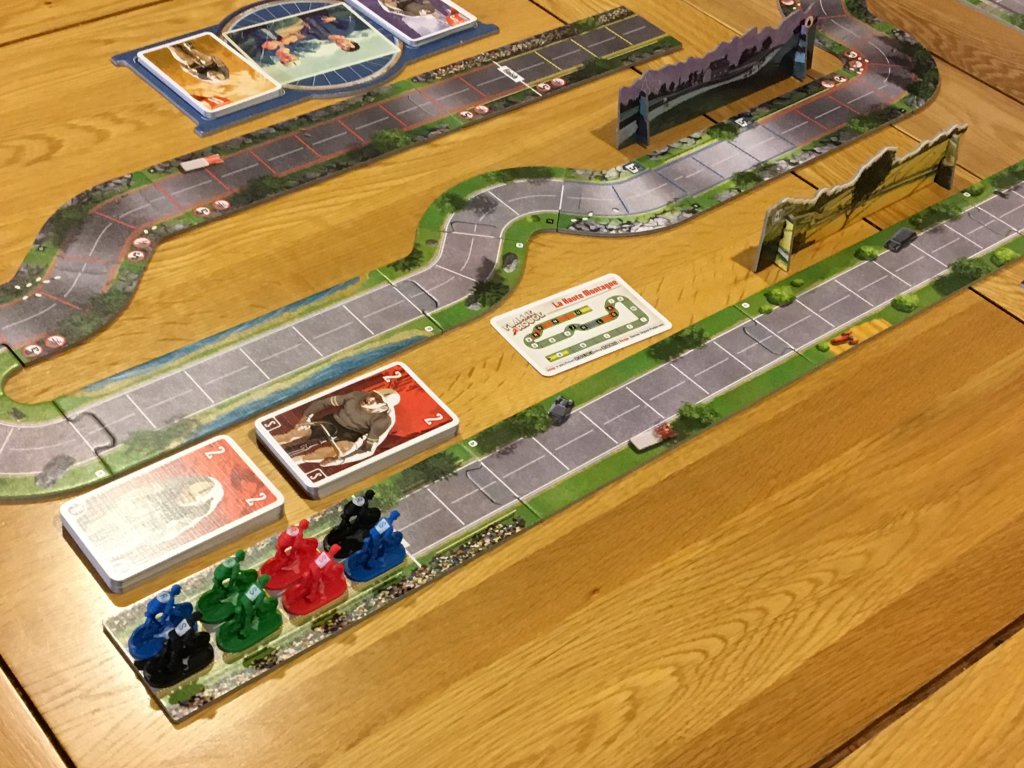
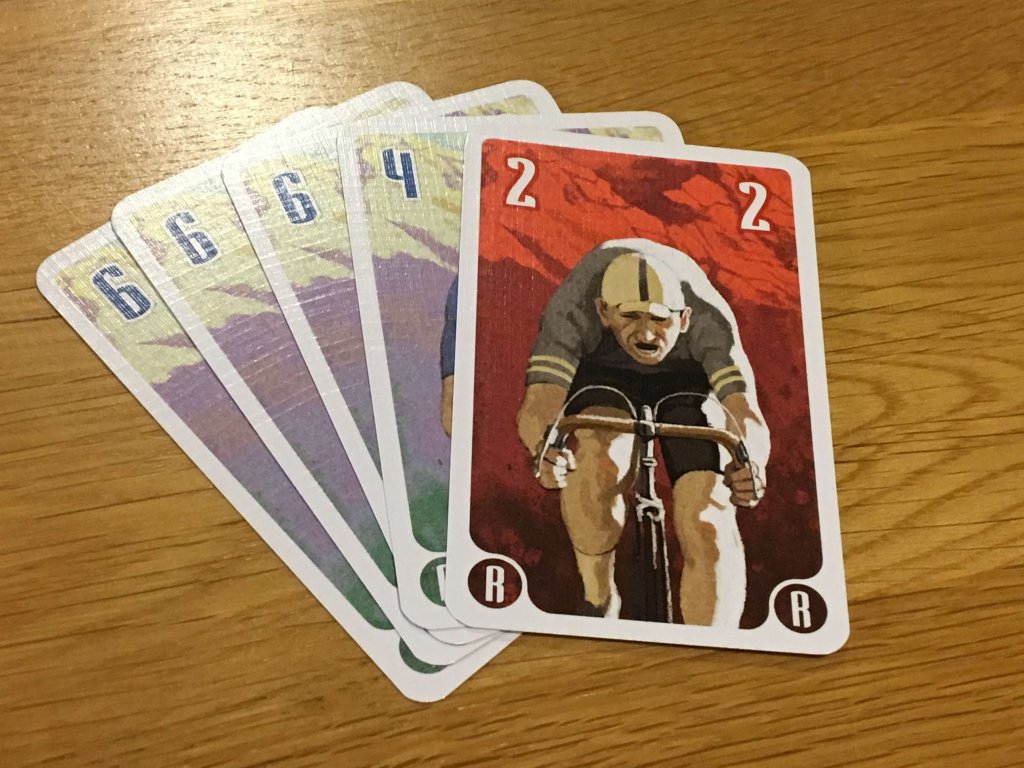
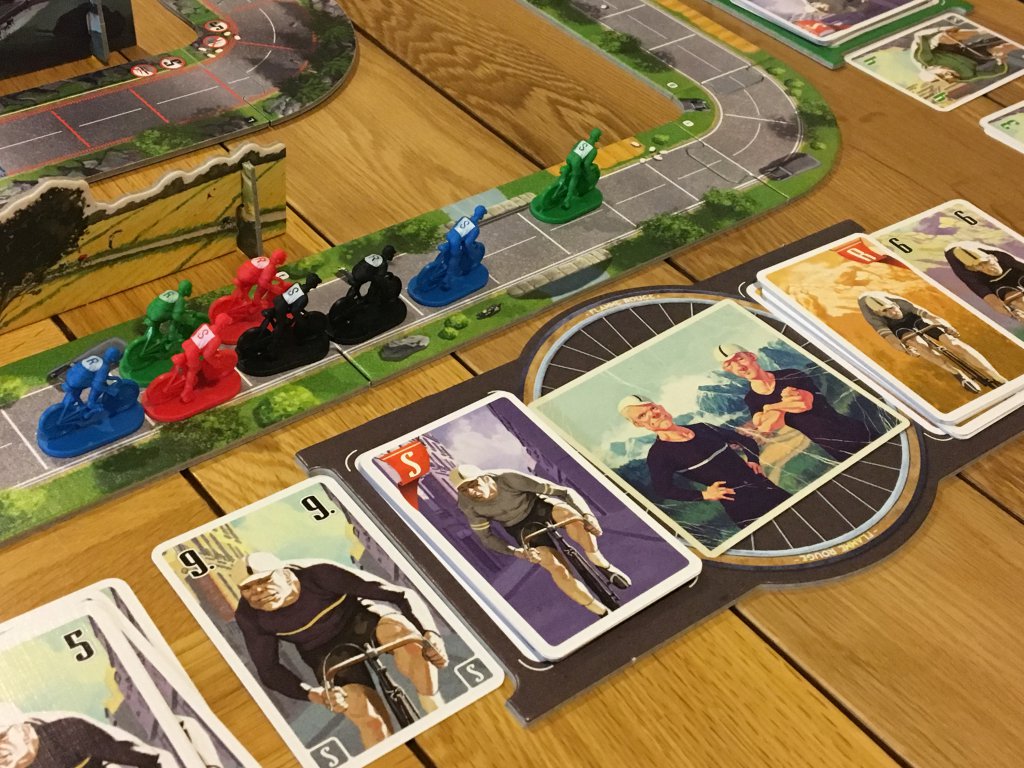
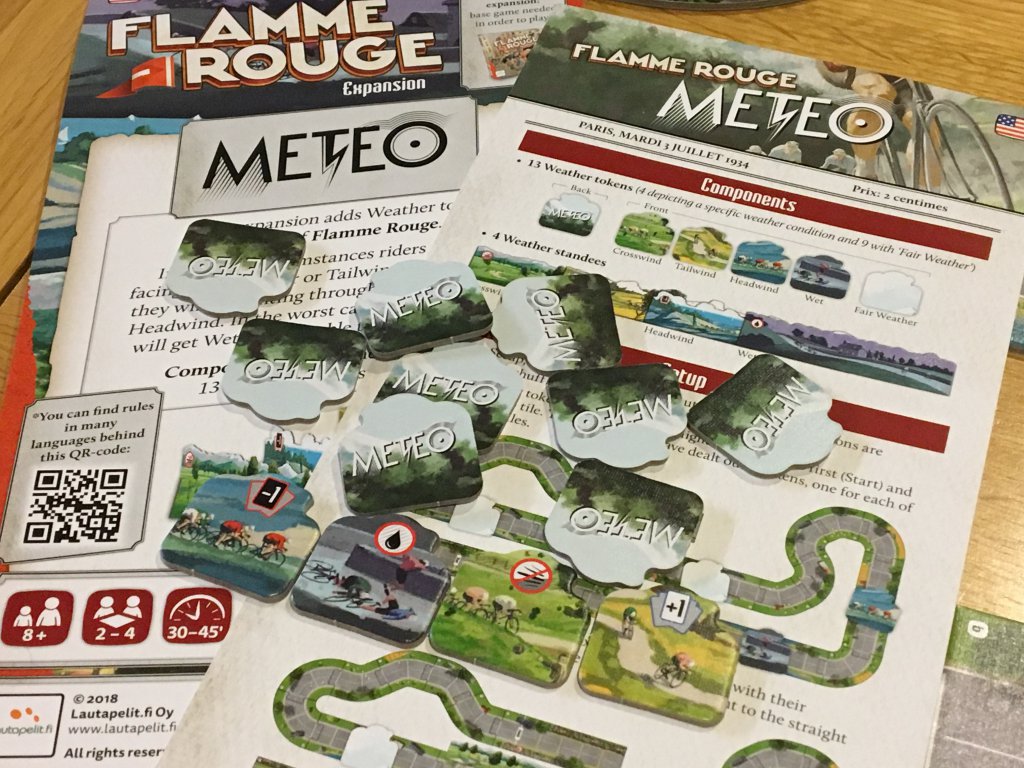
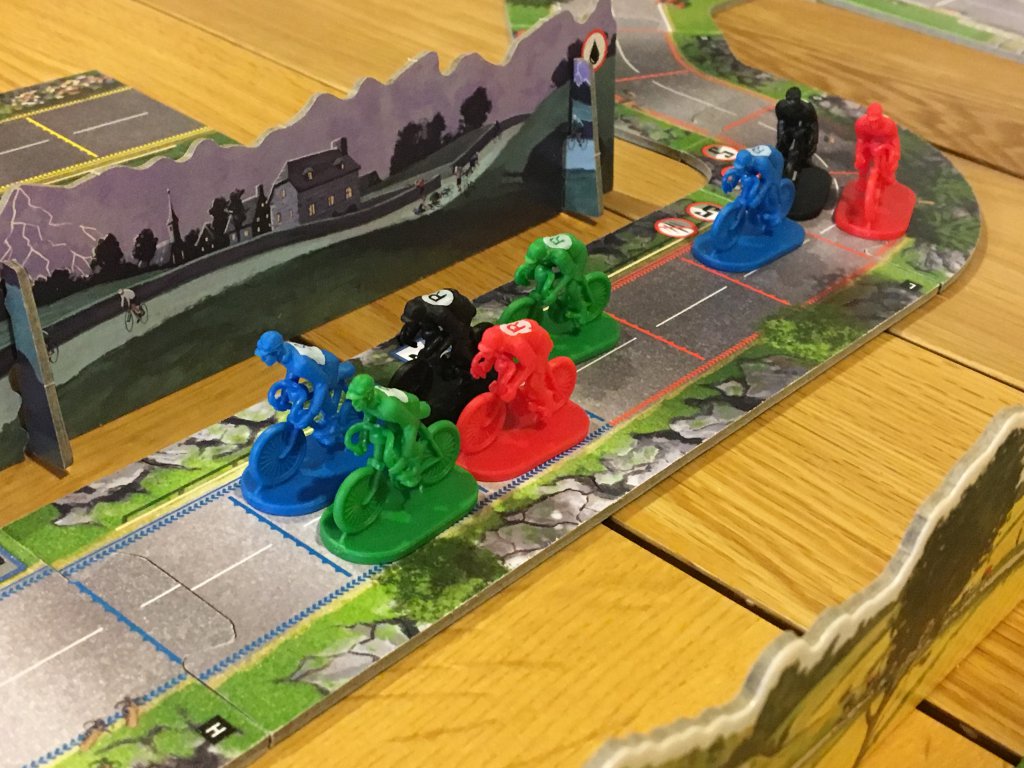
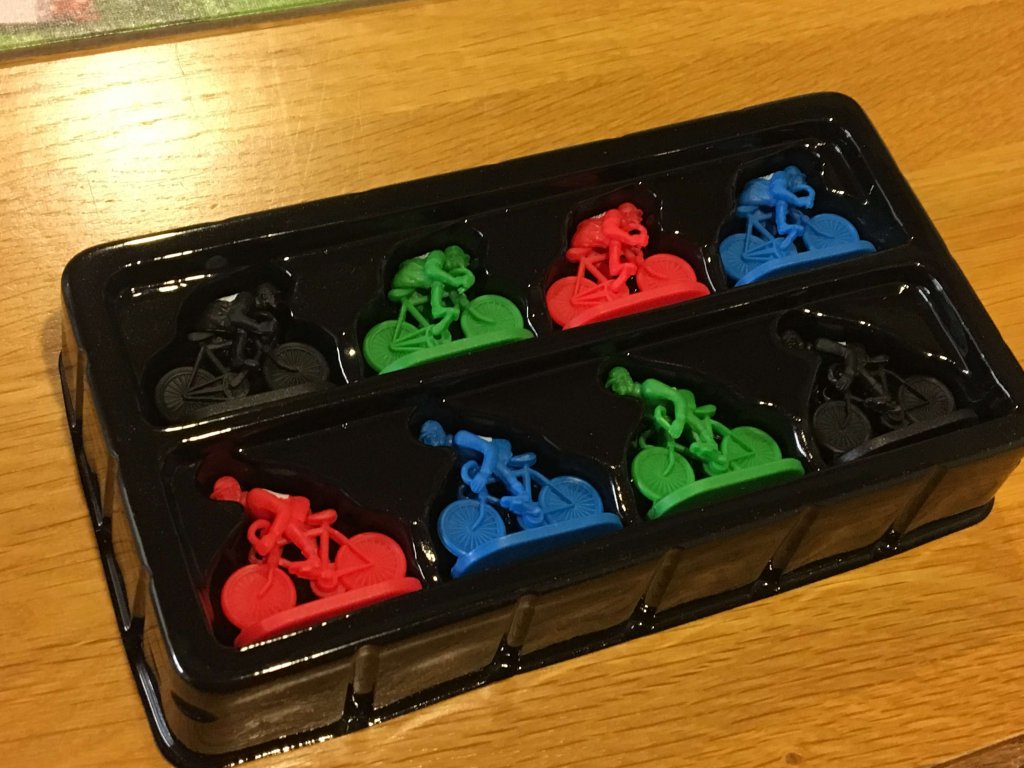
Comments are closed.